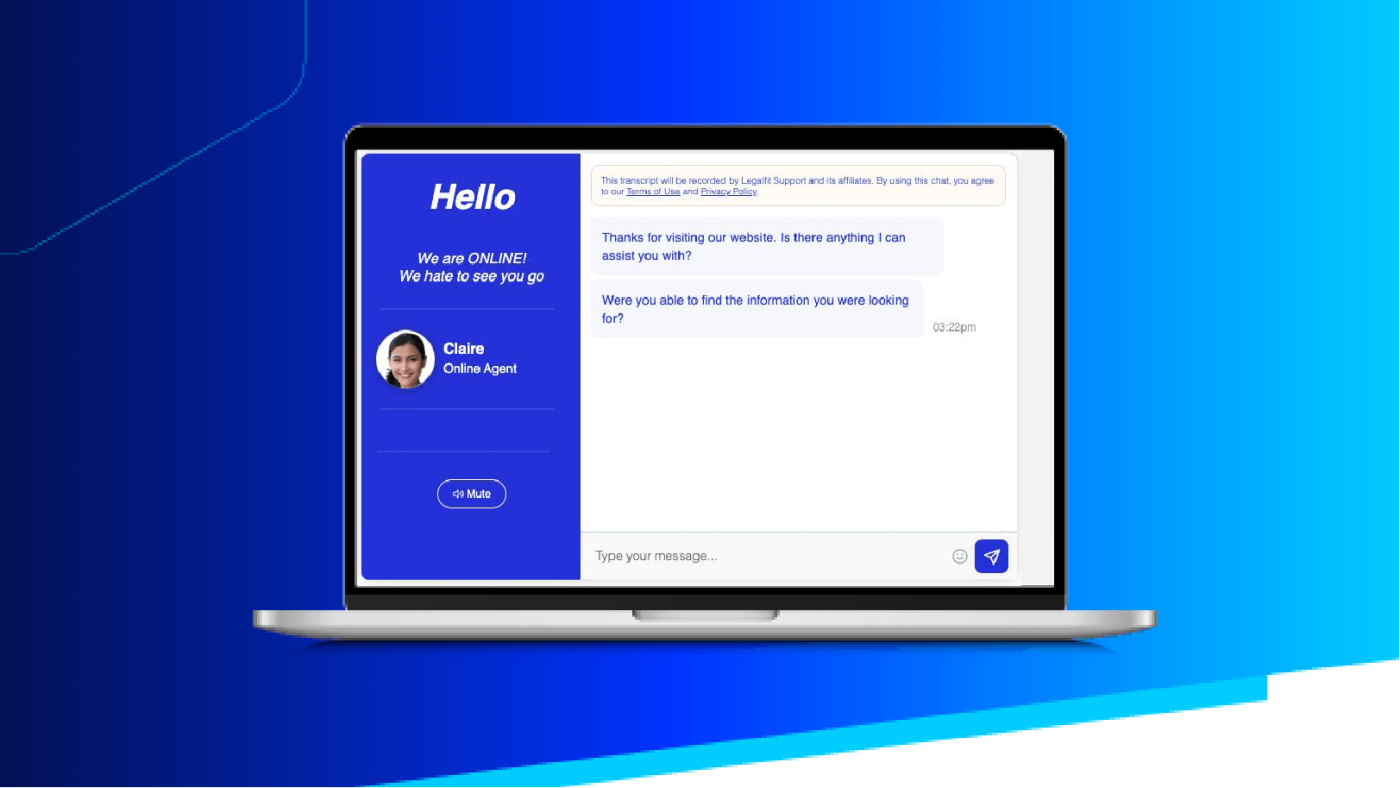
Defined as a webpage with fields you can type into, web forms take up residence on nearly every website on the internet. Their universal presence is a nod to their significance, which lies in their power to connect site visitors to the owners of the websites they interact with.
As the owner or operator of a law firm website, web forms are one of the most dynamic gadgets in your marketing toolkit because of the integral role they play in your client intake process and your site's overall accessibility. In this article, we'll explore the importance of well-structured web forms as well as key strategies on how to implement ones that attract your target clients.
Why Web Forms Matter for Law Firms:
Web forms are more than just online questionnaires. They play a pivotal role in your law firm's digital strategy. Here's why they matter:
Round-the-Clock Accessibility
Imagine this scenario: A potential client needs your legal services, but it's well past business hours. They also prefer written communication over phone calls (a common preference in today’s digital era). A quality web form tailored to their needs and expectations can be the difference between landing this lead or losing them to a competitor. Thus, web forms offer a vital channel for clients to reach you at any time, empowering your business to remain accessible 24/7.
Customization for Client Intake
Having a basic web form on your site is a fair starting point, but that prospective client likely won't fill it out unless it meets certain criteria. No two clients are the same, and your web forms shouldn't treat them as such. By utilizing a web platform like Legalfit that empowers you to customize your forms, you can design your intake process around the unique needs of the clients you intend to serve.
This approach helps ensure that the intake process is efficient and relevant for each person who visits your website. The following two-part strategy is the form narrative we suggest to optimize and personalize your digital intake process:
Form #1 - Capturing Leads
To effectively screen potential clients and gather essential information, first create a form intended to attract leads. This form should go beyond a simple contact form. It should include targeted questions that help identify the nature of the potential client's legal needs, without overwhelming users with too many mandatory or unnecessary fields.
To strike that balance, utilize field types like dropdown menus and checkboxes whenever you can. By doing so, you make things easier on your new client (the less writing for them, the better) and enforce consistent data entry—which will also help your firm's team avoid the headaches caused by inconsistent or incoherent input.
Ultimately, this form will act as a gateway, allowing your law firm to initiate personalized follow-up actions based on the lead’s provided information.
Form #2 - Follow-up Questionnaire:
Once a lead is captured, implement a follow-up questionnaire that can be sent to potential clients when your firm decides that they should move to the next step in the intake process. This form should consist of more specific questions that get to the heart of your new client's legal situation.
By tailoring the questions based on the lead capture form, the follow-up questionnaire enables you to dive deeper into the client's needs and better understand how to help them. The information it supplies will also help you facilitate their first case consultation with more empathy and efficiency.
Tailoring Web Forms for Efficiency:
Consistency and relevance are key. Tailor your web forms and form fields accordingly to ensure that the intake process is efficient and relevant for your future clients. Customization makes all the difference here.
Maximizing Impact With Web Forms Best Practices:
To make the most of web forms, consider these best practices:
Optimize the design elements for user experience: Create visually appealing forms that are easy to navigate.
Compose approachable and clear fields: Use concise, accessible language as you write your questions and form fields.
Address data security: Assure your site visitors that their data is secure and will be used responsibly.
By learning and implementing these and other web form best practices, you can maximize the impact of your digital presence and capture information that will lead to more effective meetings and client conversations.
Web forms are not just digital placeholders; they are powerful tools that can make or break your client intake process. Their accessibility, customization, and adherence to best practices can significantly impact your law firm's success. Embrace the potential of web forms, and watch your client interactions flourish.



